Marketing automation uses technology to automatically perform common marketing tasks, such as sending emails, publishing blog posts, posting social media content, and nurturing new leads until they are ready to buy.
In this article, you’ll learn about why you need marketing automation, take a look at some of the most popular marketing automation tools, and learn how you can implement marketing automation for your business.
When your customers are online, there’s a lot more opportunity to reach them than back in the day, when marketing consisted of little more than creating a few newspaper or TV ads.
But this increase in opportunity also means that the work businesses have to do to succeed in digital marketing has proliferated.

And if a visitor providers their contact information, to move them from being a prospect to an active lead in your contact database? Then you’ll need a whole new strategy for communicating with them.
Performing all of these tasks manually would be a herculean effort for a large number of leads—and one that you would quickly realize is impractical, even if you tried.
Marketing automation is the way to manage these tasks for businesses of all types. It’s a win-win: Your customers are better served by you in a more timely fashion, while you increase revenue and become more operationally efficient.
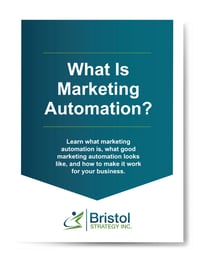 Get your personal copy of this eBook for offline reading.
Get your personal copy of this eBook for offline reading.
You will learn:
To help better understand how marketing automation works, let’s take a look at an example below.
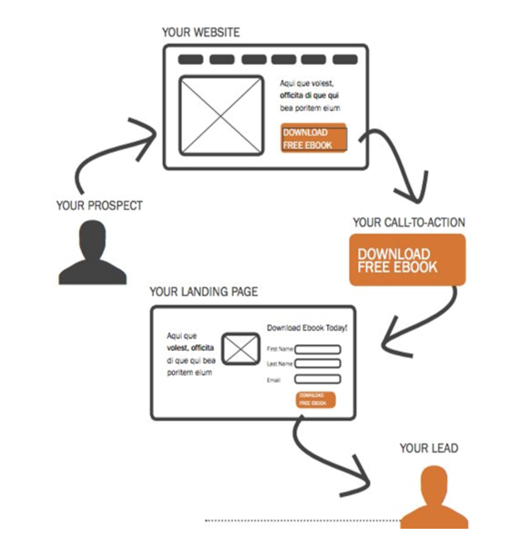
We’ll pretend your business is a local gym, and your goal is to increase the number of new memberships. Here’s what a marketing automation campaign might look like in this scenario:
Each step of this process is made possible with marketing automation. It nurtures the customer with content precisely tailored to their needs. It requires no additional time from you, other than your initial investment to set it up.
And even more importantly, it allows your business to scale in ways you couldn’t achieve with your own manual efforts. With an approach like this, you can reach dozens, hundreds, or even thousands of prospective customers each day—all while you are focused on other business tasks.
Below, you can see what a real automation sequence looks like in a marketing automation tool; in this case, HubSpot.

We’ve already briefly explored why you should be using marketing automation. Let’s take a more in-depth look at some of these benefits now.
The efficiency of marketing automation is a major reason it’s become such a popular tool for marketers—research has found that for many marketers, the time it saves is the biggest benefit.
With marketing automation you can eliminate many repetitive, yet important, tasks: sending email campaigns, following up on leads, posting new blog content, and more. Streamlining this busywork allows you to focus your time on higher-level business activities (while attracting stronger leads for you in the process).
Getting new leads can’t be your only goal—you have to take care of the ones you already have. Converting a lead into a paying customer requires nurturing. Businesses who nurture leads make 50 percent more sales at a cost 33 percent less than non-nurtured prospects.
A marketing automation tool optimizes your lead nurturing efforts. With the depth of customer data available in marketing automation platforms, you can precisely segment your leads to create ultra-targeted nurturing campaigns with custom-tailored content.
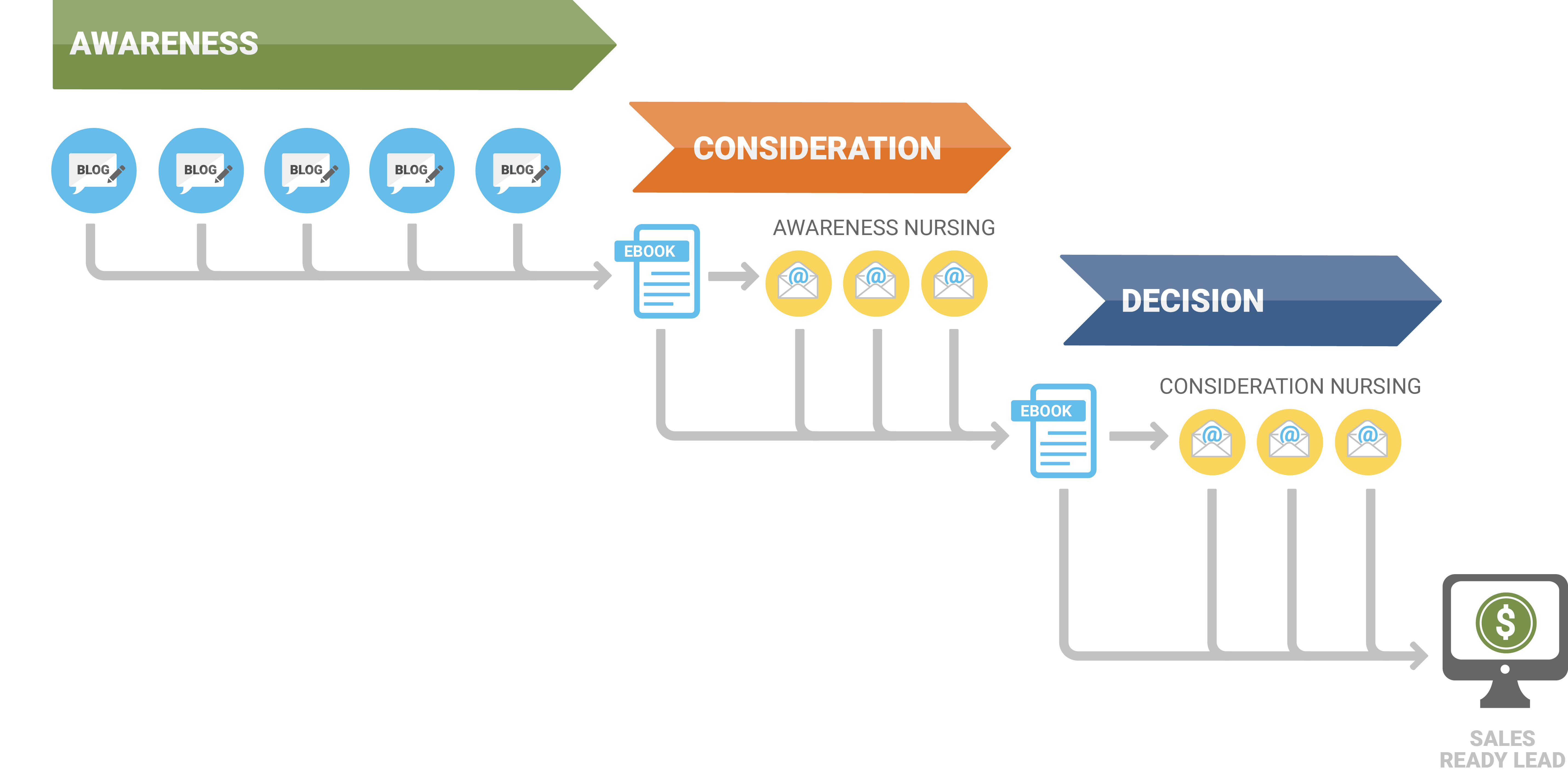
Analytics are essential for successful digital marketing—but because there are so many digital marketing channels available, reviewing the analytics for each one individually, and then applying your learnings to future efforts, is an onerous and inefficient task.
Marketing automation software offers a single, centralized database so you can see not only how a specific tactic or campaign is performing, but how entire campaigns and platforms are faring as well.
Some of the types of data marketing automation can provide are:
Once you have data, you need to act on it. The analytics provided by your marketing automation tool allow you to easily make adjustments for the campaigns that are not performing as well as expected, and dial in further on those that are achieving results.
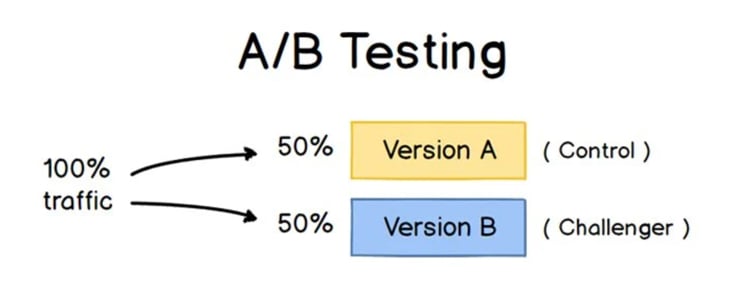
With A/B testing, you also can optimize already well-performing campaigns even more. For example, you can test things like:
Customers can communicate with you in more ways than ever before—and that’s exactly what makes it virtually impossible for you to reach them all (ironic, we know). The challenge is only magnified for businesses with smaller staffs.
Marketing automation allows your business to be in many places at once, even when you yourself can’t be. Blogs, social media, emails, lead forms, appointment scheduling—a marketing automation platform is the behind-the-scenes tool managing them all.
Customers expect more than a one-size-fits-all buying experience. Here’s just some of the data:
Marketing automation is one of the four most popular methods for creating these types of personalized customer experiences.
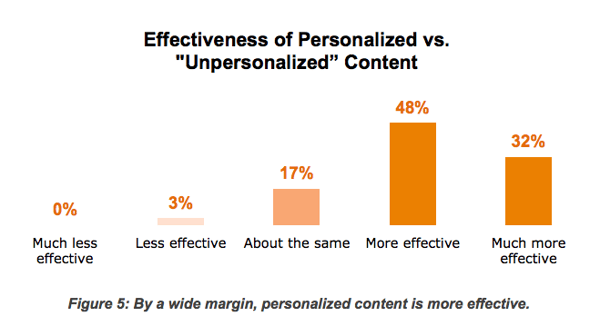
With customer data and segmenting, you can tailor the customer experience in ways big and small, from sending information about product launches to hosting webinars to offering exclusive promotions and discounts. What exactly the strategy looks like will vary by customer and their needs.
Once you land a new lead, the clock is running to keep their attention. With marketing automation, the submission of a new lead can trigger a workflow that the customer receives immediately, whether you are in the office or not. Keeping them engaged, and showing you’re responsive to their needs, is paramount.
One client who owns a landscaping business once relayed her story about this. Her business sends out emails following a service request. The email includes a link to book a call on her calendar, which most do immediately after receiving the email. She described the benefit like this:
When I am in the field working on landscapes and a lead comes into the website, the new prospect receives an immediate response and then can book a meeting right away. The homeowner is not worried about when they will get a call back, if ever, and because they know when the call will happen, they are relieved. This automation gives me a leg up above most other landscape businesses who hardly can find the time to call people back!
In the end, automation can significantly improve business operations and sales engagements for any business.
What’s any business’s ultimate goal? To increase revenue. Marketing automation can help with that. Here are some of the ways how:
Businesses of all types are heavily investing in marketing automation—in fact, spending for marketing automation tools is expected to reach $25.1 billion annually by 2023.
There are a number of marketing automation tools available for your business. Let’s take a look at some of the most popular options here.
Note: You may also have heard of customer relationship management (CRM) tools, which can have similar functions to marketing automation software. The difference between the two is that CRMs are primarily sales-focused, while marketing automation software is for, you guessed it, marketing tasks. Some platforms combine the two.
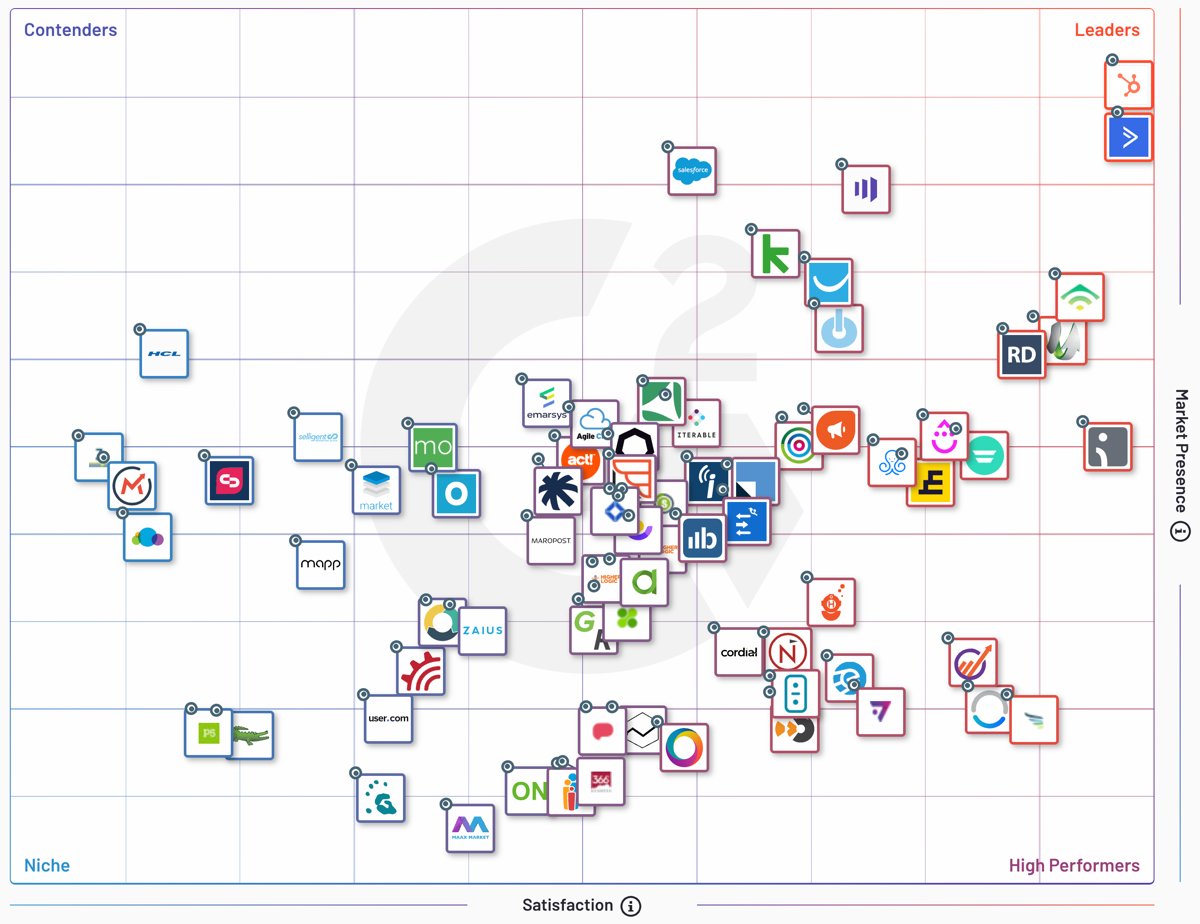
 HubSpot is a pioneer in inbound marketing (in fact, they even coined the term). Its growth platform offers a full suite of software for growing your business: HubSpot CRM, Marketing Hub, Sales Hub, Service Hub, and CMS Hub. Hubspot scores #1 because its market presence and highest performance as rated by G2.
HubSpot is a pioneer in inbound marketing (in fact, they even coined the term). Its growth platform offers a full suite of software for growing your business: HubSpot CRM, Marketing Hub, Sales Hub, Service Hub, and CMS Hub. Hubspot scores #1 because its market presence and highest performance as rated by G2.
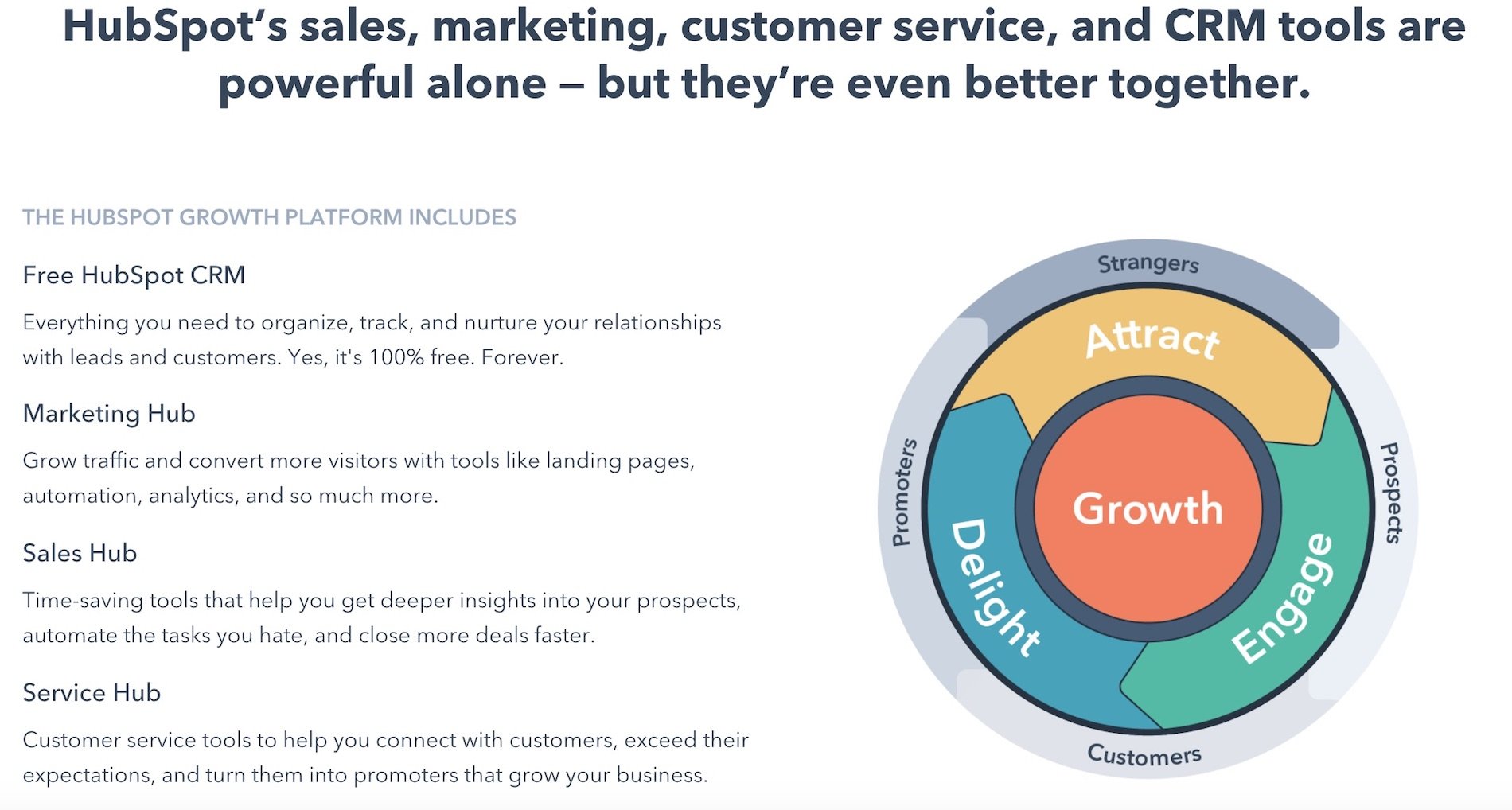
Hubspot's multiple tools that integrate into one database help to magnify the power of their platform as your company grows. The automation that is at its core powers marketing campaigns, big and small for most any size business. What individual users like the most is that it is easy to use so you don't need to hire a consultant to help you use it. Because it includes functionality for all marketing tasks, users have one login to one solution that powers their workday, improves performance and delights their customers.
Full Disclosure: Bristol Strategy, Inc. is a Hubspot Gold Partner and with experince with many marketing automation tools, prefers Hubspot.
 ActiveCampaign helps businesses optimize their customer experience with features including email marketing, marketing automation, a CRM, website messaging, and machine learning. Its particular specialty is email marketing.
ActiveCampaign helps businesses optimize their customer experience with features including email marketing, marketing automation, a CRM, website messaging, and machine learning. Its particular specialty is email marketing.
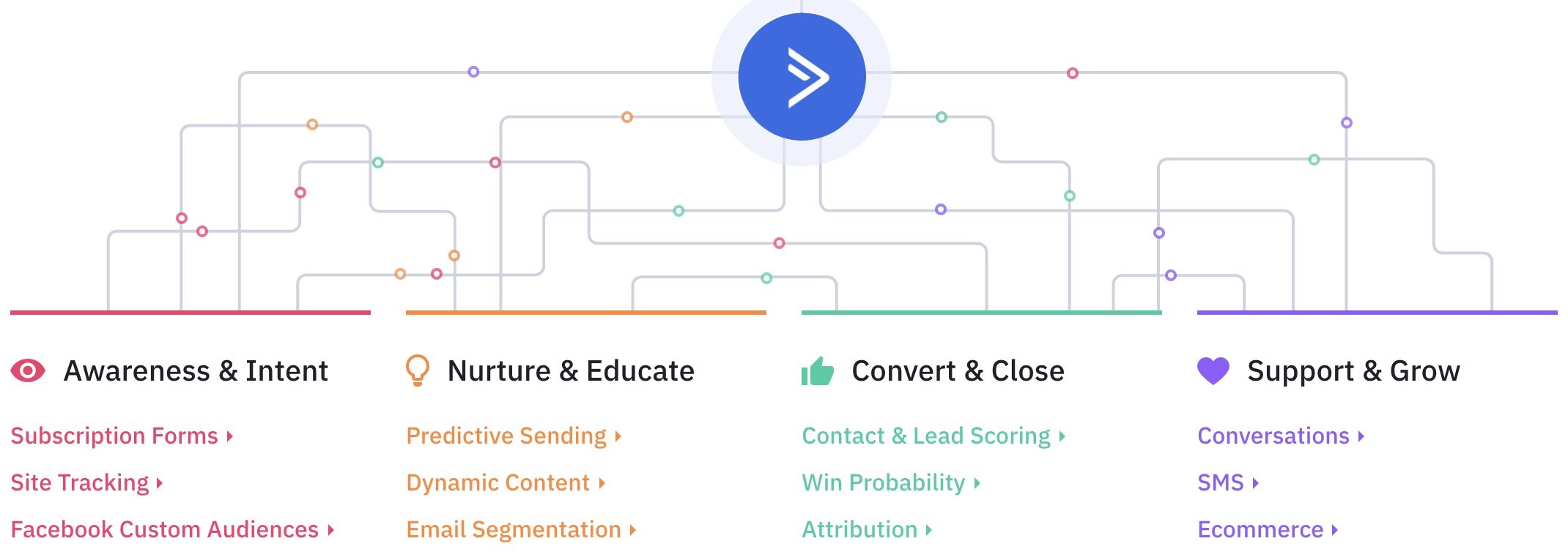
Users report that they gain a lot of benefit from ActiveCampaign with some wishing the use model was not so simple so they could implement more advanced automation tasks. Others wished some features were available at the lower pricing levels. Regardless, it is a solid tool and ranks very high by G2, just below that of Hubspot.
 Pardot is a marketing automation software that has a primary focus on B2B organizations, and is owned by Salesforce. Its features include list segmentation, dynamic content, lead scoring and grading, lead nurturing, and social campaigns.
Pardot is a marketing automation software that has a primary focus on B2B organizations, and is owned by Salesforce. Its features include list segmentation, dynamic content, lead scoring and grading, lead nurturing, and social campaigns.
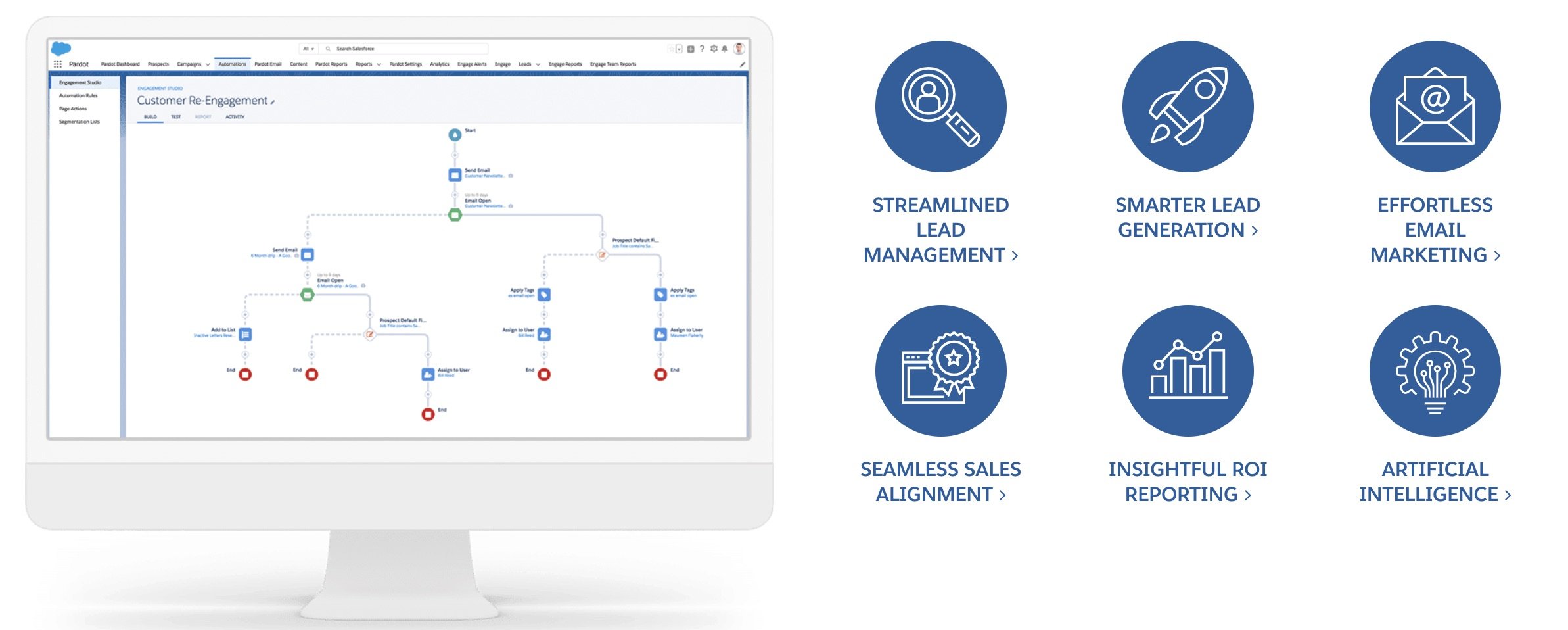
One of the biggest benefits of Pardot is they are very well integrated with the Salesforce.com CRM. Pardot was acquired by Salesforce in late 2012 to fill a gap in their product portfolio. The feedback from users is that the marketing automation platform enables them to automate most any marketing task but wish the platform had more Account-Based Marketing (ABM) functionality. Pardot scores in the middle of the pack for customer satisfaction by G2.
 Marketo’s marketing automation software, Marketo Engage, offers capabilities in core areas such as email marketing, lead management, consumer marketing, customer base marketing, and mobile marketing. It is owned by Adobe and has particular experience working with B2B and enterprise clients.
Marketo’s marketing automation software, Marketo Engage, offers capabilities in core areas such as email marketing, lead management, consumer marketing, customer base marketing, and mobile marketing. It is owned by Adobe and has particular experience working with B2B and enterprise clients.

Marketo is an excellent marketing automation platform and scores better than Pardot but not as well as Hubspot and ActiveCampaign by G2. Users would like better reporting and wish the user interface was not so outdated. But in the end, it provides most of the functionality that users need to automate their marketing campaigns.
We recommend HubSpot, and use it for all of our own clients. We have found that the ease of use of the platform really enables our clients to learn how to use it and excel at applying the tools on a daily basis. The very high ratings by G2 are well deserved in our opinion.
Regardless of the marketing software you choose, it's important to remember that a platform is simply a tool—and not something that will magically solve all of your marketing automation challenges. To be successful, your marketing automation platform must be integrated into an overall strategy. We'll get into that some more below.
Sorting through your options for a marketing automation tool isn’t the easiest task. And if you find you don’t make the best decision about your platform initially, switching to a new one is an onerous and costly task.
To make sure you make the right choice from the start, here are some questions you can ask yourself as you evaluate each platform:
The time savings you gain by implementing marketing automation diminish if you have to spend unnecessary time using your tool and setting it up. An intuitive, user-friendly interface is a must. And a platform that has a steep learning curve can be additionally costly, in both time and dollars.
Don’t just rely on what you read about each software—take a demo of each option you’re considering. If you have other staff members who will be using the tool, have them sit in to get their own questions and insights, if you can.
Once you get started with your marketing automation tool, you’ll inevitably have questions about how to use it along the way. However, support capabilities vary between platforms.
As you evaluate each of your software option, here are some things to consider:
Tip: If you work with a marketing agency or consultant specializing in marketing automation to help you implement your system, they’ll have specialized expertise that will be an additional resource for you.
Before evaluating your options, you should make a list of the features you need in your marketing automation tool. Ask for input from other areas of your company, if relevant—for example, if you’re in marketing, speak with the sales team to learn what’s more important to them.
That way, you can ensure you have a holistic list of criteria to aid you in making your choice, which can save you a lot of time and money. This approach also increases the likelihood of getting buy-in from other stakeholders in your company.
Some features that you should look for include:
You may not need all of these options right away, but choosing a more comprehensive platform now gives you a lot more flexibility to expand your marketing automation strategy later on.
In addition, some platforms allow you to begin with a single component, such as marketing, and add more options, like sales, later on.
We recommend that you choose an all-in-one software that unites marketing automation, customer service, a sales CRM, and a content management system (which is used to build your website) in a single tool.
You likely are already using other tools to manage components of your marketing efforts—for example, Mailchimp for email marketing. A good marketing automation tool allows you to integrate your current tools into your new platform, rather than start over from scratch.
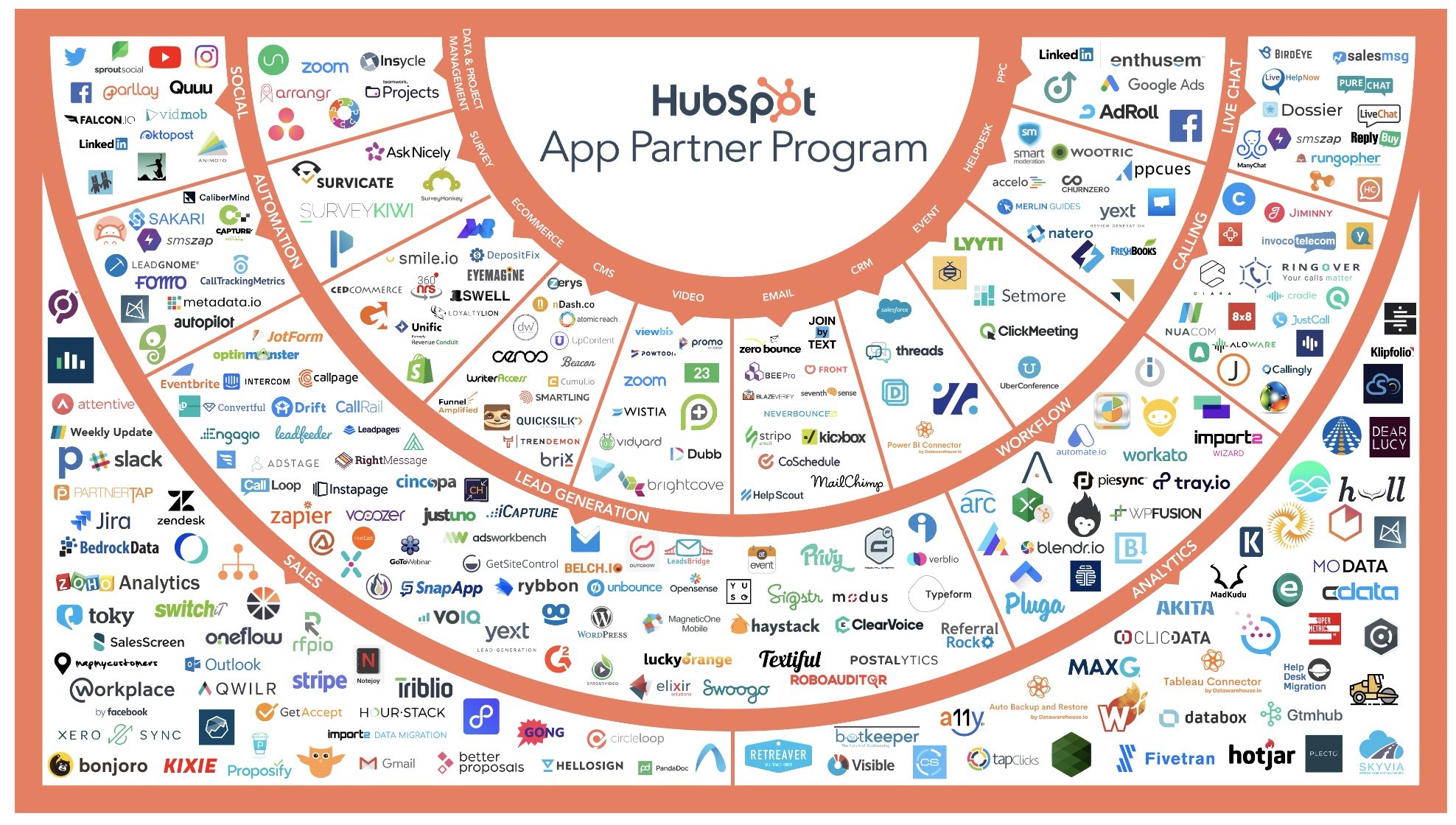
Some common tools that can be integrated into a marketing automation platform include:
To see more examples of marketing automation integrations, you can check out this list. Note that some tools incur an additional cost to be integrated into your marketing automation platform, while others are free.
To reap the full benefits of marketing automation, you’ll need a software that can provide deep reporting and analytics about your marketing efforts.
First, it’s important that we understand the distinction between the terms reporting and analytics, as they are commonly mentioned together. Reporting provides the raw data about your marketing activities, such as how many visitors your website received in a month, or what the clickthrough rate was for a recent email.
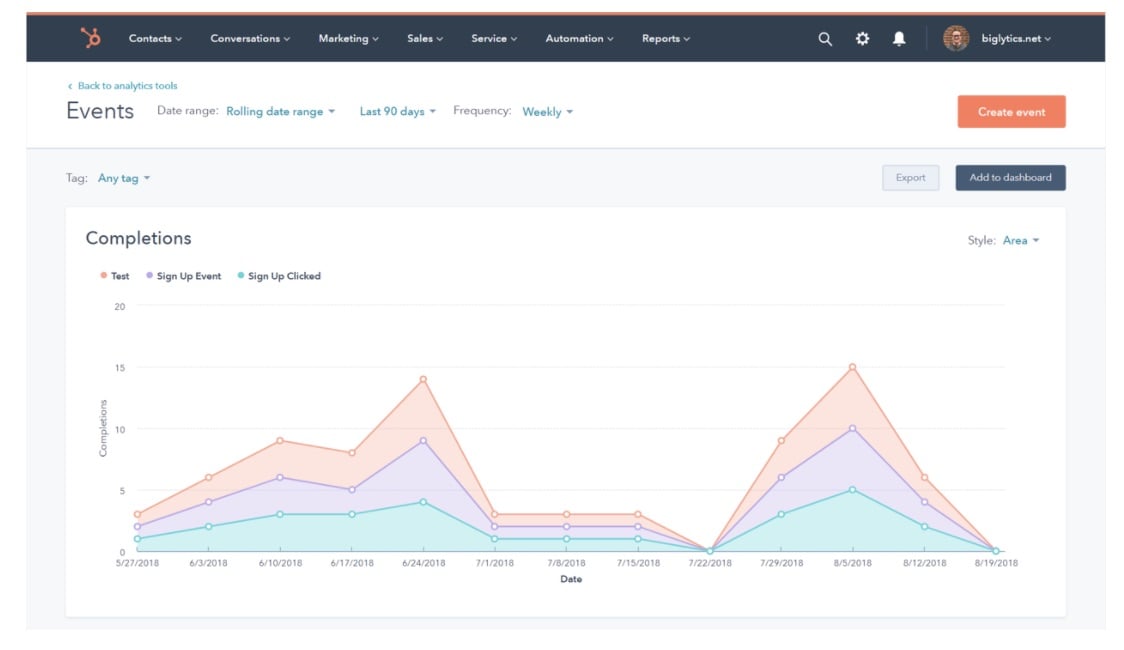
Analytics expands upon the data collected in reporting, allowing you to explore and interpret information about how specific marketing automation tactics performed.
A marketing automation software with robust analytics functionality is essential. Platforms that combine multiple facets of business activities, such as marketing, sales, and customer service, into a single, centralized database are particularly adept at providing this level of information.
In addition, a marketing automation tool can use these data points to build artificial intelligence (AI) marketing about your efforts.

For example, leads are good—but they’re not all created equally (which you likely already know well from personal experience). A good marketing automation software can use AI to examine your database to determine which leads are most likely to purchase from you (a process called predictive lead scoring). This allows you to focus your efforts where you’re likely to see the greatest impact.
The cost of a marketing automation tool can be the ultimate deciding factor in your selection process.
However, the option that appears the lowest price initially can end up costing you more in the long run, when you add in extra fees for things like integrations, special features, and additional users. Tools that offer a transparent, easy-to-understand pricing structure are your friend.
Here are some things to consider when evaluating the price of a marketing automation tool:
Regardless of the marketing automation software you choose, it is simply a tool—and not something that will magically solve all of your marketing challenges. To be successful, your marketing automation platform must be integrated into an overall strategy.
That strategy is inbound marketing.
Inbound marketing is a methodology that brings customers directly to you with targeted, custom content that precisely meets their needs, at each stage of their buying journey. A marketing automation tool is how you deliver that content.
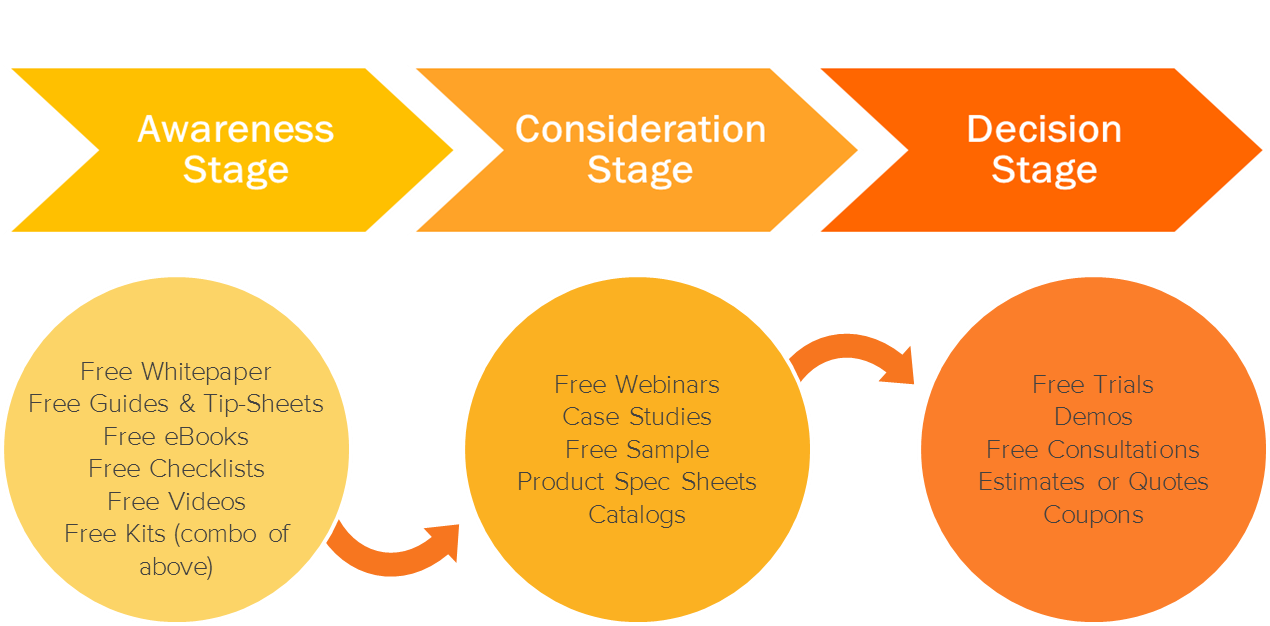
At first glance, marketing automation can sound exactly the opposite of a personalized customer experience. After all, how can you make a customer feel special if you aren’t personally talking to them at all?
But in fact, that is a misconception. With marketing automation, you’re delivering customers their content exactly when they need it—and in a way that guides them along the path that you want them to follow.
Marketing automation is how you immediately send your customer the new download they requested when they first signed up for your email list. Marketing automation is how you follow up with those customers at regular intervals, providing them with helpful new content. Marketing automation is even the little things, like how you personalize each email with the customer’s name. Marketing automation is the tool that runs in the background to keep your customer front and center.
Really, marketing automation isn’t just important for inbound marketing—it’s essential for business growth.
 Get your personal copy of this eBook for offline reading.
Get your personal copy of this eBook for offline reading.
You will learn:
The bottom line is this; marketing automation is a foundational element of any online marketing initiative. If you understand and believe that the modern customer is doing 3/4 of their research online before engaging with your or any company, then investing in a complete digital marketing solution is imperative. Once you make that choice, having a marketing automation platform that is both easy to use and very effective at implementing your campaigns is the only way to go. The final imperative is to use a platform that provides a unified solution across all digital marketing tasks, so the analytics for all of the elements of your campaigns and how they affect the success or failure with each other is critical. Point tools do not provide the visibility into what is working and what is not, leaving your business guessing.
Success online does not start and stop with the marketing automation tools. Business leaders should understand that the methodology they implement using the marketing automation tools is as if not more critical a decision. We have found Inbound Marketing to be the most effective across industries and with B2B and B2C businesses. That methodology, fueled by the right content strategy, is a recipe for success.
Reach out to us to learn about Marketing Automation tools, to get a demo of Hubspot (our preferred solution) and to discuss how Inbound Marketing might be the right methodology for your business to help your business grow and thrive.
Ask us about our unique approach that creates a full-funnel "inbound" engagement model for your business that attracts and converts digitally engaged prospects.